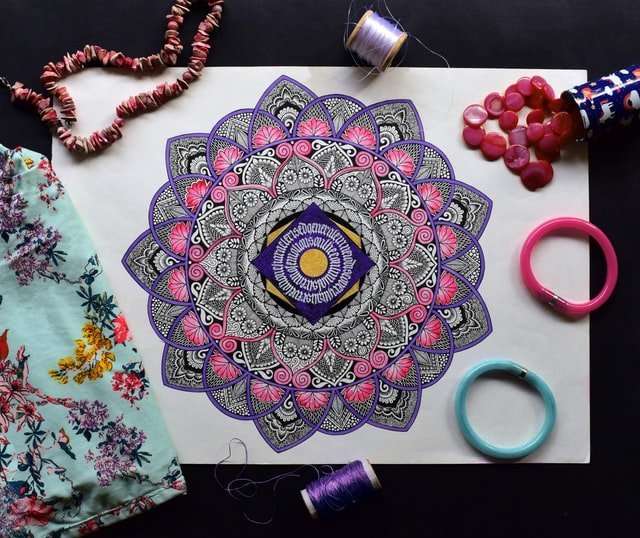“We have been able to highlight the fact that at least some of the time, when someone sees something as being a particular color, it may not be that way at all.”
> The researchers believe that their findings are particularly relevant when making important decisions. For example, a pilot who sees the runway as being green may land their plane on what they think is a green runway when in fact there has been an accident and it is covered with red paint. Optical illusions can also mean that a person buys a counterfeit product thinking it is the genuine article.
“People rely heavily on what they see,” added Dr Jody Culham. “And when you consider how many decisions we make every day that are based on what we see, from buying food to crossing roads, it makes you wonder how many bad decisions we make due to optical illusions.”
The researchers, led by Dr. Maria Angeles Aranda of the University of Illionis at Urbana-Champaign and published in the journal Cognition, said the findings showed that “even when we know that visual perception is fallible and thus should not be used for making important decisions, we cannot stop ourselves from using it.” The findings also “inform our understanding of the conditions under which human beings will or will not trust their intuition.”
Image: optical illusion art.png
Optical illusions are everywhere. On top of that, our brain is wired to make us believe in them. That’s why you should always be careful during a decision-making process. Don’t rely on your eyes alone!
Optical illusions are images intended to mislead the viewer about their true shape, size, or orientation due to visual perception. They range from simple geometric distortions to more pronounced fantastical creations. Optical illusions exploit common visual biases, such as the Müller-Lyer illusion, which affects the human ability to perceive depth and size accurately.
Tricks of light are not new; they’ve been around for centuries. Artists, architects and designers often use optical illusions in their works. The science of visual perception has given us a deeper understanding of what’s happening when we see things that aren’t really there.
“This is a fantastic example of how our brains can be tricked by visual illusions,” Professor Wiseman continued. “People are much more confident in the accuracy of their own judgements than they should be.”
Experiments on the illusions have shown that people who think they can see which line is longer are wrong 70% of the time. If people were being objective, and making decisions based on evidence rather than assumptions, this wouldn’t happen.
The researchers believe that this kind of optical illusion could potentially cause major problems when used to create political propaganda or in an attempt to stop people from smoking.
Optical illusions are more than tricks of the light. They’re tricks of the mind, and from them we can learn a lot about how we process information—and how our brains can be tricked.
There’s no need to worry about being fooled by the latest optical illusion craze, the “hollow mask illusion,” which is currently making its way around the Internet. The best advice for this one is just to avoid looking at it, lest you find yourself pulling out your hair and googling “how to make skin look like it’s not there.”
The hollow mask illusion is based on a simpler image called “The Phantom Mask” that was discovered in 2008 by a team at MIT. It shows two faces: One, a normal photograph; and beneath it, an outline drawing of the same face. When you stare at the drawing and then quickly shift your gaze to the photograph, what previously looked like a face appears to vanish.
You might be wondering what these images are and how they were made. One of the most common ways is to use a simple set up involving either a camera or a projector. The other way is to create the illusion in Photoshop.
Some people have called it digital art, or computer generated art, but personally I think that it just goes by optical illusion art, as you really can’t tell whether the image was created using a camera or with a computer.



